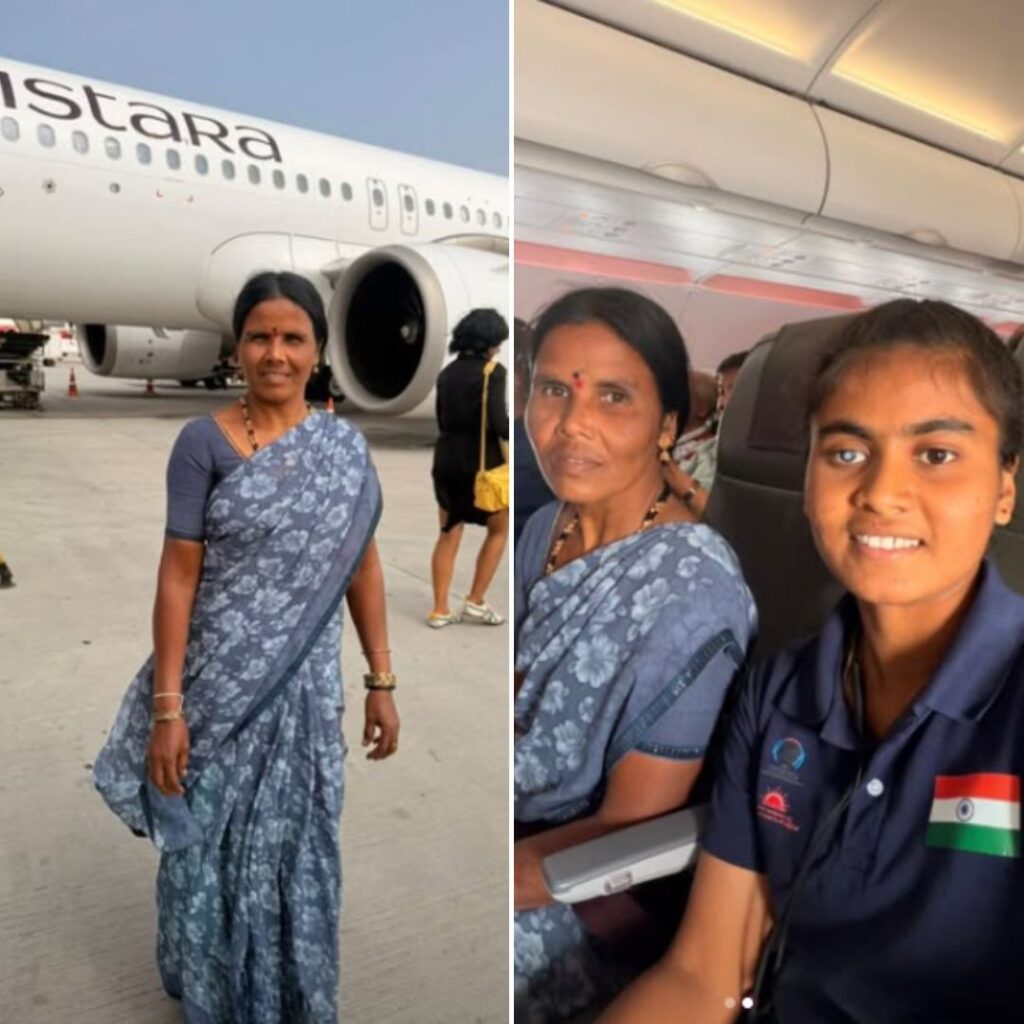Jallikattu Protest:
Pongal, the annual harvesting festival of Tamil Nadu bore a forlorn look this year. With the recent demise of the state’s Chief Minister, J Jayalalitha and the destructive cyclone Vardah, people of Tamil Nadu have been battling one struggle after the other. Pongal is the one festival that the state looks forward to every year with many events lined up as part of the three-day celebration.
One such event which is held this time of the year was the sport of Jallikattu or Bull taming held on Mattu Pongal. But to the dismay of the people, the sport got banned by the Supreme Court on 26 July 2016 as a result of Peta India protesting against it, thus affecting the festivities this year. This resulted in a statewide protest by the people of Tamil Nadu.
On 8 January 2017, students and youngsters gathered at Chennai Marina and conducted a rally opposing the ban of Jallikattu. The participants walked from the lighthouse to labour statue bearing posters saying ‘save Jallikattu’. It is reported that there were 20,000 participants in the rally, which was organised by a group of non-political and youth organisations. Following the Chennai protests, many youngsters and students started demonstrations in many other towns of Tamil Nadu.
On January 16th places like Alanganallur in Madurai saw an all-night protest by men, women and children alike, raising slogans and holding placards requesting to lift the ban on the sport. 200 youths were arrested. Tamil outfits have called for dawn to dusk bandh on January 20. Schools and colleges to remain closed on Friday.
Further protests continued at the Chennai Marina on January 17th, 8 am onwards seeing more and more people gather to show their support with the numbers touching 8000 towards the evening. Withholding electricity supply or mobile network in the area did not deter the protesters who continued to sit there, some without food and water. Even with such a huge turnout, not a single untoward incident was reported by anyone – no news of violence, riots, eve teasing even though the police were present in full force and with full preparation and riot control vehicles. More so, people even accumulated the litter made during the protest and collected it in garbage bags. This speaks volumes about the sentiments of the citizens towards preserving their identity and cultural heritage. The peaceful manner in which the protests were carried out is commendable. Some good Samaritans also distributed water, biscuits and food packets to the protesters, showing their support.
With hardly any mainstream media coverage and the Tamil Nadu government turning a blind eye and focussing their attention to their ex-Chief Minister MGR’s 100th death anniversary, the people’s fury mounted. And what the police thought would subside eventually, the protest has only gathered momentum with not only students but also IT employees and some celebrities coming over to show their support. This shows that the people are not going to give up easily and the government should now intervene and show scope for some discussion for a common ground to settle on. One may wonder as to what makes the people of Tamil Nadu show so much solidarity for a sport which requires hurting an animal? Before this question is answered, we need to understand some facts.
What is Jallikattu?
During this sport, a running bull is released into a crowd. The participants try to ride the bull for as long as possible while attempting to make it stop. In some cases, they must ride to remove the flags affixed to the bull’s horns. To encourage more youngsters to participate, there are prizes for the event. At the end of it, the tamed and weak bulls are used for agriculture and other domestic activities whereas the untameable bulls are used for breeding purposes.
Cultural significance
Jallikattu was practised during the Tamil classical period (400-100 BC). It was common among the ancient people Ayars who lived in the ‘Mullai’ geographical division of the ancient Tamil country. Bos indicus bulls are bred specifically for the event and attended mainly by many villages’ temple bulls. A temple bull is like the head of all cattle in a village; special rituals will be performed for this temple bull during important days.
Why is PETA India, Animal Welfare Board of India (AWBI) and other animal rights organisations against jallikattu, bull races and other such events and how this ban came into place?
A human tragedy triggered the questioning of the legality of this game. Recalls D. Rajasekar, secretary of the Animal Welfare Board of India in Chennai, “It all started in 2006 when a youngster watching Jallikattu was killed by an enraged bull that landed amidst the spectators.” Subsequently, the father of the victim filed a petition and the Madurai bench of the Madras High Court banned Jallikattu in March 2006.
Jallikattu exploits bulls’ natural nervousness as prey animals by deliberately placing them in a…











